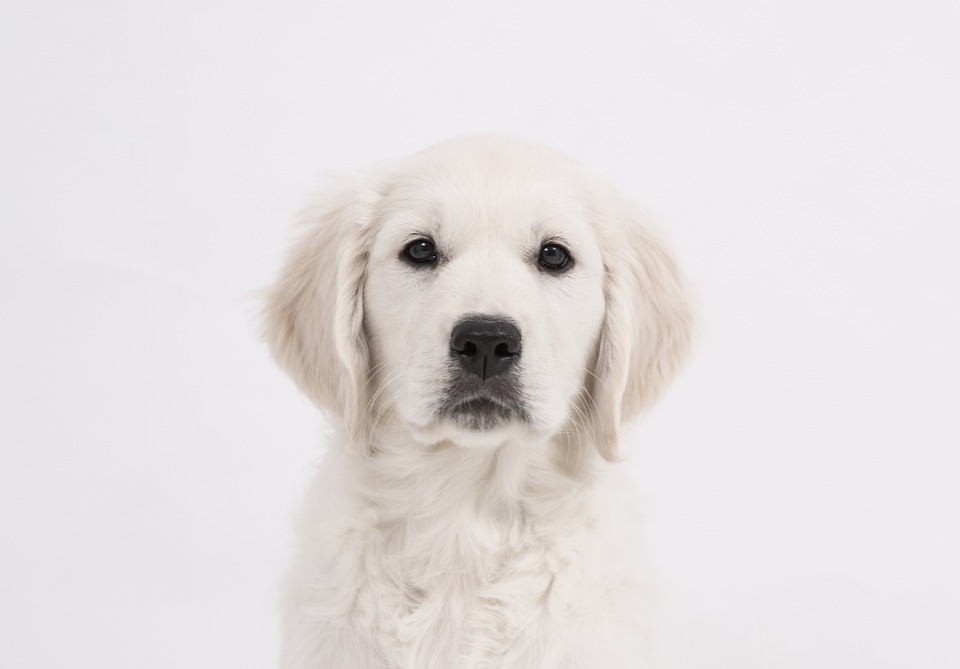Heading: Training Sessions for Calm Behavior in Elevators or Escalators
Sub-heading 1: The Importance of Training for Calm Behavior in Elevators and Escalators
Elevators and escalators are common features in our daily lives, and it’s crucial to train our dogs to behave calmly in these situations. Well-behaved dogs not only ensure a smooth and stress-free experience for themselves but also for their owners and other commuters. In this article, we will explore effective training techniques to teach your furry friend how to remain calm in elevators and escalators.
Sub-heading 2: Understanding the Basics of Training for Calm Behavior
Before diving into specific training techniques, it is essential to establish a solid foundation for your dog’s behavior. Basic obedience training, such as teaching commands like “sit,” “stay,” and “heel,” will serve as a building block for further training. Ensure your dog responds reliably to these commands before introducing elevator or escalator training.
Sub-heading 3: Desensitization and Counterconditioning Techniques
Desensitization and counterconditioning are effective methods to help your dog overcome fear or anxiety associated with elevators or escalators. The goal is to gradually expose your dog to these environments while associating positive experiences to create a positive association.
1. Introducing the Environment: Begin by allowing your dog to explore the elevator or escalator area without any movement. Reward calm behavior and gradually increase the exposure time.
2. Gradual Movement: Once your dog is comfortable in the stationary environment, initiate slow movements of the elevator or escalator. Reward your dog’s calmness and progress to faster speeds gradually.
3. Positive Reinforcement: Throughout the training, use treats, praise, and rewards to reinforce calm behavior. This positive association will help your dog understand that elevators or escalators are safe and enjoyable places.
Sub-heading 4: Specific Training Exercises for Elevators and Escalators
Now that your dog is familiar with the environment, it’s time to introduce specific training exercises to solidify their calm behavior.
1. Waiting at the Entrance: Teach your dog to sit or stay calmly before entering the elevator or escalator. This exercise will ensure your dog doesn’t rush into the confined space and maintains composure.
2. Riding the Elevator or Escalator: Gradually progress to riding the elevator or escalator with your dog. Start with short rides and gradually increase the duration. Reward your dog for calm behavior during the ride.
3. Exiting Calmly: Train your dog to wait patiently until it’s time to exit the elevator or escalator. Reinforce calmness and reward your dog for successful exits.
Sub-heading 5: Frequently Asked Questions (FAQs)
Q1: How long does it take to train a dog for calm behavior in elevators or escalators?
A: The duration of training varies depending on your dog’s temperament, previous experiences, and consistency in training. Some dogs may respond quickly, while others may take more time. Patience and consistency are key.
Q2: What if my dog shows fear or anxiety during training sessions?
A: If your dog exhibits fear or anxiety, take a step back and proceed at a slower pace. Gradually increase exposure while ensuring your dog feels safe and rewarded for calm behavior. Consider consulting a professional dog trainer for specialized guidance.
Q3: Can I use treats during training sessions?
A: Yes, treats are an excellent tool for positive reinforcement. Use small, tasty treats to reward your dog for calm behavior, gradually reducing their frequency as your dog becomes more reliable.
Q4: Can I use a leash while training in elevators or escalators?
A: Yes, using a leash can provide an added sense of control and safety during training sessions. Ensure the leash is short enough to prevent your dog from wandering but long enough to allow some movement.
In conclusion, training for calm behavior in elevators or escalators is crucial for a stress-free experience for both you and your dog. By employing desensitization, counterconditioning techniques, and specific training exercises, you can ensure your furry friend remains calm, confident, and well-behaved in these environments. Remember to be patient, consistent, and always reward positive behavior.









